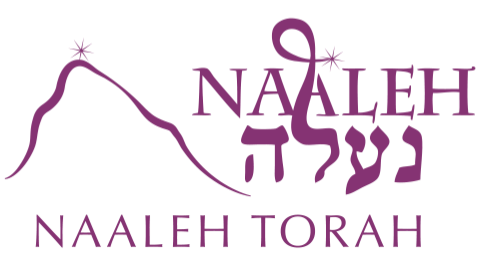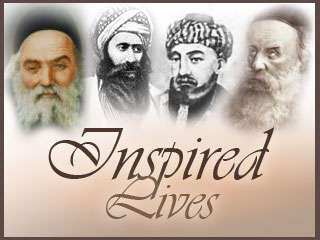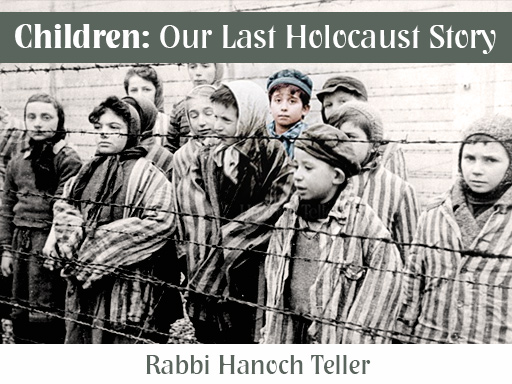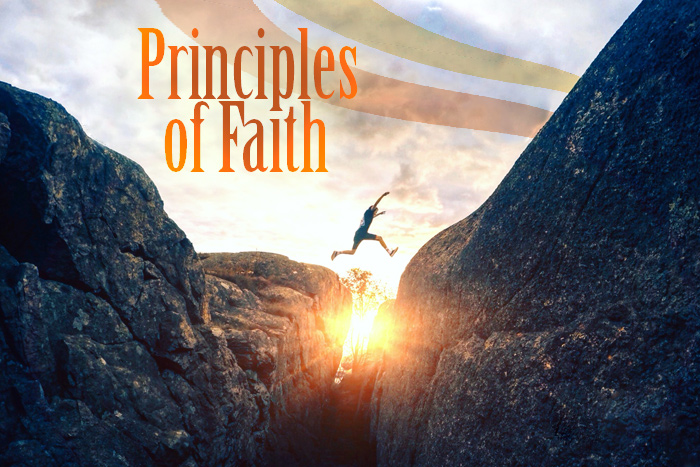Soul Connections and Bonding: Woman’s Power
Posted onThe Torah forces us to acknowledge the power of a woman physical attributes in creating soul connections and bonding within a male/female relationship. This shiur entails a discussion of why this is so, and practical applications of the Torah’s guidelines for appropriate male/female interactions.




